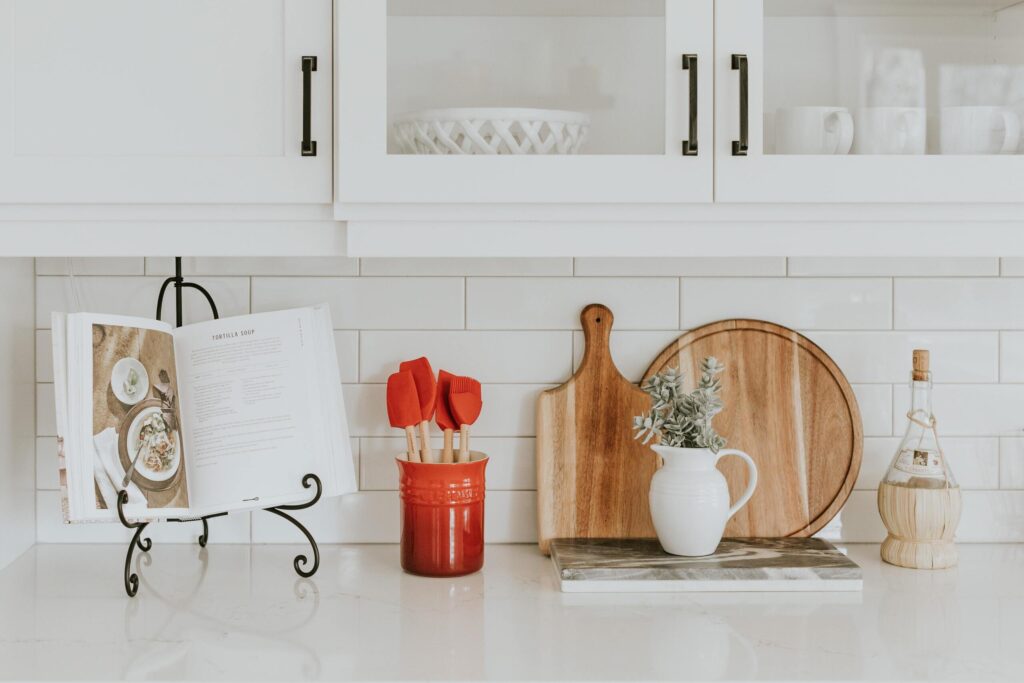
When I first decided to organize my kitchen, I made a few common beginner mistakes that taught me valuable lessons. One of those was rushing to buy fancy storage solutions without fully assessing my needs. Half of them turned out to be impractical—like the spice rack that looked great but didn’t fit most of my jars.
This experience taught me to take a more deliberate approach. I now recommend starting with what you have before investing in new products. For example, I tested stackable bins in my pantry by using shoeboxes first. It wasn’t the prettiest solution, but it helped me understand my needs before committing.
Organizing Your Kitchen for Family Use
Sharing a kitchen with family members can be a challenge. My family’s habit of putting items in random places pushed me to create a system that’s easy for everyone to follow.
Here’s what worked for us:
- Color-Coded Zones: I labeled areas with different colors—blue for cooking tools, green for food prep, and red for cleaning supplies. Now, everyone knows where things belong.
- Kid-Friendly Storage: A lower cabinet holds my kids’ cups, plates, and snacks, allowing them to grab what they need without rummaging through everything.
- A Family Command Center: Near the fridge, I set up a small space with a magnetic calendar, pen holder, and whiteboard for meal planning. It helps everyone stay on track.
These adjustments made our shared kitchen much easier to manage.

How Minimalism Transformed My Kitchen
Letting go of unused items wasn’t easy for me. I clung to things like quirky mugs and a waffle maker I hadn’t used in years, “just in case.” When I finally committed to minimalism, I discovered how freeing it was to keep only what I truly needed.
To pare down, ask yourself these questions:
- Do I use this regularly?
- Would I miss it if I didn’t have it?
- Does this item make my life easier?
By answering honestly, I cleared out unnecessary items and created a more functional space.
Organizing a Kitchen for Cooking Enthusiasts
If you love to cook, an organized kitchen can elevate the entire experience. Before organizing, I often wasted time searching for ingredients or tools. Now, my kitchen setup makes cooking seamless and enjoyable.
Some tips that worked for me:
- Keep Essentials Accessible: I store frequently used utensils—like spatulas, tongs, and ladles—next to the stove.
- Spice Drawer Upgrade: I converted a shallow drawer into a spice station with angled inserts, making all my spices visible and easy to grab.
- Quality Containers: Airtight jars keep ingredients fresh and neatly arranged.
These changes have made meal prep more efficient and cleanup a breeze.
Balancing Functionality with Aesthetics
While Instagram-perfect pantries look stunning, I learned that practicality is just as important. At first, I tried arranging my fridge by color, but it wasn’t functional for everyday life. Now, I group items by category and accessibility, which works far better.
That doesn’t mean aesthetics are off the table. Clear containers and labels can make your kitchen visually appealing while ensuring everything has its place.
